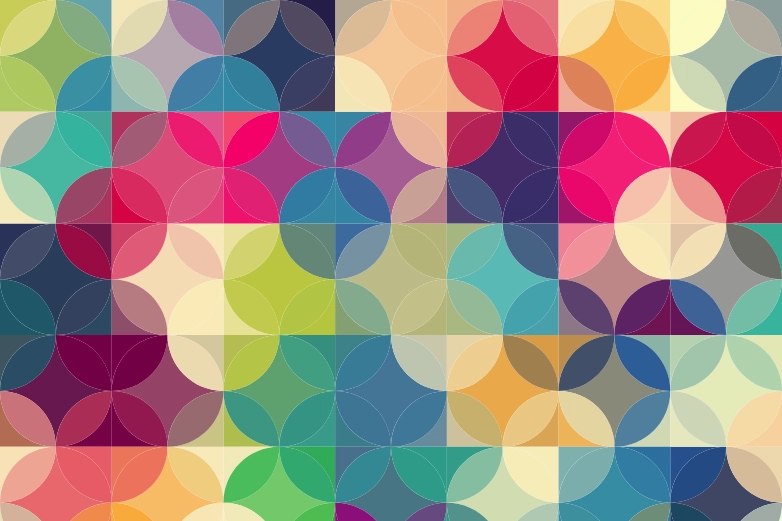Contents
Introduction
The field of computer vision has been revolutionized by the introduction of YOLO (You Only Look Once), a real-time object detection system that unifies the processes of object recognition and localization into a single operation. This innovative approach allows YOLO to identify and classify objects in images and videos with astonishing speed and accuracy. Traditional object detection systems typically rely on a two-step process where regions of interest are first identified before being classified, leading to slower, less efficient detection. YOLO, however, accomplishes both tasks simultaneously, significantly enhancing the capability for real-time analysis. This article will explore YOLO’s unique mechanics, its development through various iterations, and its significant impact on fields that demand quick, precise object detection.
As we delve into YOLO’s capabilities and advancements, we must critically examine the broader implications. What are the ethical considerations and potential risks associated with deploying such powerful technology? How might this affect privacy, security, and the ethical use of AI in society?
The Mechanics of YOLO
At its core, YOLO frames object detection as a single regression problem, directly predicting both bounding boxes and class probabilities from the entire image in one evaluation. This is achieved through a deep convolutional neural network that divides the image into a grid and predicts bounding boxes and probabilities for each grid cell. The model applies a single neural network to the full image, which assesses the entire image and predicts bounding boxes and class probabilities for these boxes. YOLO’s architecture enables it to process images at remarkable speeds, making it vastly faster than systems that process the components of the image sequentially. This speed, however, does not come at the cost of accuracy. YOLO maintains a high degree of precision in object detection, making it a preferred choice for applications requiring real-time analysis.
However, the reliance on a grid-based approach can pose limitations. Small objects or those in close proximity may not be detected accurately, raising questions about the system’s reliability in critical applications. What measures can be implemented to mitigate these shortcomings?
Evolution of YOLO
Since its debut, YOLO has seen several iterations, each improving upon the last in terms of speed, accuracy, and robustness. YOLOv1 laid the foundation, introducing the concept of real-time object detection. Subsequent versions, including YOLOv2 (also known as YOLO9000), YOLOv3, and up to the latest, YOLOv5, have introduced significant enhancements. These improvements include better utilization of convolutional layers for feature extraction, anchor boxes for more accurate bounding box predictions, and cross-stage partial networks (CSPNets) for efficient model scaling. Each version of YOLO has pushed the envelope in object detection performance, demonstrating continuous progress in the field of computer vision.
Despite these advancements, we must reflect on the potential consequences of rapidly evolving AI. How do we ensure that such powerful tools are used ethically and responsibly? What frameworks are necessary to govern the deployment of advanced computer vision technologies?
YOLO vs. Other Object Detection Models
YOLO’s unique approach to object detection sets it apart from other models like R-CNN and SSD. R-CNN and its variants, Fast R-CNN and Faster R-CNN, offer high accuracy but at the cost of detection speed, making them less suitable for real-time applications. SSD provides a better balance between speed and accuracy but still falls short of YOLO’s processing time. YOLO’s ability to process images in a fraction of the time taken by these models, without a significant drop in accuracy, underscores its efficiency and effectiveness in real-time object detection tasks.
Nonetheless, the comparison highlights a critical question: Can we balance the need for speed and accuracy with the ethical use of these technologies? How do these models impact privacy and security in real-world applications?
Challenges and Limitations
Despite YOLO’s strengths, it faces challenges, particularly in detecting small objects within images due to its grid-based approach. Overlapping objects can also pose a problem, as YOLO may struggle to distinguish between closely situated items. The AI community has actively addressed these issues, with each YOLO iteration making strides in improving the model’s performance across these challenging scenarios. Techniques such as using higher resolution input images and enhancing the neural network architecture have contributed to mitigating these limitations.
These challenges prompt a deeper inquiry: What are the potential consequences of relying on AI systems with known limitations in critical applications like healthcare and autonomous driving? How can we ensure these systems are robust enough to handle diverse and unpredictable scenarios?
Applications of YOLO in Industry
YOLO’s capabilities have been leveraged across various industries for diverse applications. In autonomous vehicles, YOLO is used for real-time pedestrian and obstacle detection, crucial for safe navigation. Surveillance systems employ YOLO to identify suspicious activities or unauthorized individuals instantly. In healthcare, YOLO aids in the real-time analysis of medical imagery, helping to detect anomalies quickly. These examples highlight YOLO’s versatility and its ability to provide efficient solutions to complex, real-world problems.
However, the deployment of YOLO in these areas also raises important ethical questions. How do we balance the benefits of real-time detection with potential invasions of privacy and ethical considerations in surveillance and healthcare? What safeguards are necessary to protect individual rights while leveraging these powerful tools?
The Future of YOLO and Real-Time Detection
The future of YOLO and real-time object detection looks promising, with ongoing research aimed at enhancing model accuracy, speed, and the ability to handle increasingly complex detection scenarios. Emerging technologies and methodologies, such as transfer learning and edge computing, are expected to further augment YOLO’s capabilities. As computer vision technology continues to evolve, YOLO is set to play a pivotal role in shaping the next generation of real-time detection systems, driving advancements in AI and machine learning.
Yet, as we look to the future, we must critically assess the broader implications of these advancements. What regulatory frameworks and ethical guidelines are necessary to ensure that these technologies are developed and deployed responsibly? How can we foster innovation while safeguarding against misuse and unintended consequences?



